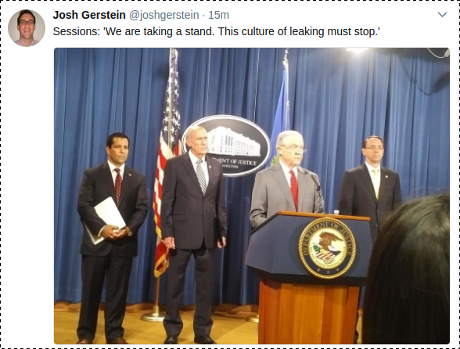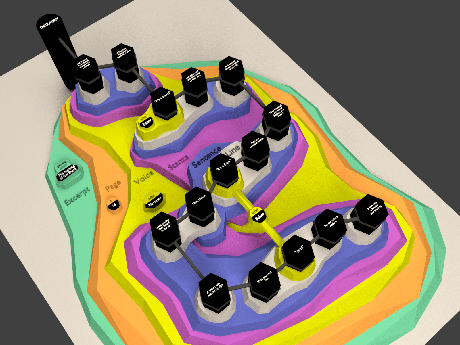Google Blocking Key Search Terms For Left Websites by Andre Damon.
From the post:
Note: In a previous article we reported that Popular Resistance had also seen more than a 60% drop in visits to our website since April when Google changed its search functions. This report goes further into how Google is blocking key search terms. See Google’s New Search Protocol Restricting Access To Leading Leftist Web Sites. KZ
Google blocked every one of the WSWS’s 45 top search terms
An intensive review of Internet data has established that Google has severed links between the World Socialist Web Site and the 45 most popular search terms that previously directed readers to the WSWS. The physical censorship implemented by Google is so extensive that of the top 150 search terms that, as late as April 2017, connected the WSWS with readers, 145 no longer do so.
These findings make clear that the decline in Google search traffic to the WSWS is not the result of some technical issue, but a deliberate policy of censorship. The fall took place in the three months since Google announced on April 25 plans to promote “authoritative web sites” above those containing “offensive” content and “conspiracy theories.”
Because of these measures, the WSWS’s search traffic from Google has fallen by two-thirds since April.
The WSWS has analyzed tens of thousands of search terms, and identified those key phrases and words that had been most likely to place the WSWS on the first or second page of search results. The top 45 search terms previously included “socialism,” “Russian revolution,” “Flint Michigan,” “proletariat,” and “UAW [United Auto Workers].” The top 150 results included the terms “UAW contract,” “rendition” and “Bolshevik revolution.” All of these terms are now blocked.
… (emphasis in original)
In addition to censoring “hate speech” and efforts such as: Google Says It Will Do More to Suppress Terrorist Propaganda, now there is evidence that Google is tampering with search results for simply left-wing websites.
Promote awareness of the censorship by Google, Facebook and Twitter, by using #GCensor, #FCensor, and #TCensor, respectively, for them.
I don’t expect to change the censorship behavior of #GCensor, #FCensor, and #TCensor. The remedy is non-censored alternatives.
All three have proven themselves untrustworthy guardians of free speech.



